PPP Safe Harbor Deadline
The Paycheck Protection Program is a loan designed to provide direct incentive for small businesses to keep their employees on the payroll as they combat the pandemic. The program was initially rolled out with $349 Billion but was heavily scrutinized when about 150 public companies received an estimated $600 Million dollars that was specifically earmarked for small businesses. Funds were dispersed in record time, leaving many small businesses unable to secure a PPP loan. On April 27th an additional $320 Billion was added for the PPP, along with new guidance around the program.
The Question of Necessity and Eligibility
Businesses applying for a PPP Loan must certify that they have been harmed by the crisis and need the PPP loan to operate. On April 23rd, the SBA warned that businesses with adequate access to liquidity may not have had the necessity for the PPP and therefore, may not qualify. Additionally, the U.S. Treasury issued a new guidance requesting that businesses with alternative ways to raise funding should return the money. It further encouraged companies to look closely as to whether it truly needed federal funds to safeguard against the economic uncertainty going forward. As a result, several larger companies returned their PPP funds.
Safe Harbor
Lenders may rely on a borrower’s certification regarding the necessity of the loan request. Any borrower that applied for a PPP loan prior to the issuance of this guidance and repays the loan in full by May 18, 2020 will be deemed by SBA to have made the required certification in good faith.
On May 14th, the SBA released an updated FAQ on its website to provide guidance and clarification around necessity and safe harbor.
Businesses with a PPP Loan Less Than $2 Million
According to the SBA Guidelines: “Any borrower that, together with its affiliates, received PPP loans with an original principal amount of less than $2 million will be deemed to have made the required certification concerning the necessity of the loan request in good faith. This safe harbor is appropriate because borrowers with loans below this [$2 million] threshold are generally less likely to have had access to adequate sources of liquidity in the current economic environment than borrowers that obtained larger loans.” In other words, this change intends to “promote economic certainty as PPP borrowers with more limited resources endeavor to retain and rehire employees.”
Businesses with a PPP Loan Greater Than $2 Million
Treasury Secretary Steven Mnuchin and the SBA Administrator Jovita Carranza announced that the SBA “would review all PPP Loans in excess of $2 million to make sure borrowers’ self-certification for the loans was appropriate.”
According to the SBA guidelines: “Borrowers with loans greater than $2 million that do not satisfy this safe harbor may still have an adequate basis for making the required good-faith certification, based on their individual circumstances in light of the language of the certification and SBA guidance. If SBA determines in the course of its review that a borrower lacked an adequate basis for the required certification concerning the necessity of the loan request, SBA will seek repayment of the outstanding PPP loan balance and will inform the lender that the borrower is not eligible for loan forgiveness. If the borrower repays the loan after receiving notification from SBA, SBA will not pursue administrative enforcement or referrals to other agencies based on its determination with respect to the certification concerning necessity of the loan request. SBA’s determination concerning the certification regarding the necessity of the loan request will not affect SBA’s loan guarantee.”
In Summary
Under the PPP, documentation must be provided to apply for forgiveness and forgiveness is not guaranteed.
Loan forgiveness, according to the law passed on March 27, 2020, is determined based on the amount spent on permitted costs (payroll, rent, mortgage interest, utilities) during the 8-week period, commencing on the issuance of the loan. No more than 25% of the proceeds may be forgiven for the other costs. To receive loan forgiveness, a borrower must apply to their lender with documents verifying payments on the allowable expenditures. In addition, a portion of the amount spent on qualified costs during the 8-week period will not be forgiven if your company is not back to full employment level by 6/30/2020. The SBA has indicated that It will issue regulations on the exact calculation and process but have not yet issues these regulartions.
There are two calculations which may impact the level of forgiveness:
• Number of Full Time Employees
• Actual Payment Costs (These are compared to pre-crisis amounts)
And of course, if your business received a PPP loan over $2 Million, you will need to document and prove necessity of the loan, unless you return the loan prior to May 18th. If the loan is not determined to have been necessary, it will have to be paid back in full.
It is advised that you speak with a professional to ensure you are calculating and documenting appropriately to maximize forgiveness on your PPP loan.
This material is generic in nature. Before relying on the material in any important matter, users should note date of publication and carefully evaluate its accuracy, currency, completeness, and relevance for their purposes, and should obtain any appropriate professional advice relevant to their particular circumstances.
Share Post:









